Troy: Unraveling the Ancient Enigma of Turkey's Illustrious City
Nestled in the northwestern region of Turkey, Troy stands as a testament to the rich tapestry of ancient civilizations and captivating myths that have shaped human history. Renowned for its legendary connection to Homer's epic poem, the Iliad, Troy has fascinated scholars, archaeologists, and travelers for centuries. This ancient city, with its layers of ruins and archaeological treasures, offers a captivating glimpse into the past, unlocking stories of war, heroism, and the enduring human spirit. In this article, we embark on a captivating journey to explore the enchanting world of Troy, unraveling its historical significance, archaeological wonders, and its role as a UNESCO World Heritage Site.
Historical Significance:
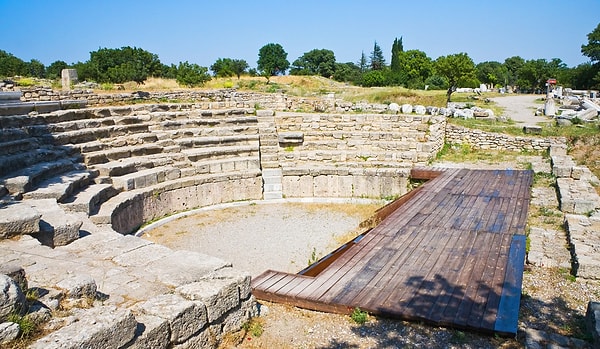
Troy's historical significance can be traced back over 4,000 years. The ancient city served as a crucial hub for trade and commerce, strategically located at the crossroads between Europe and Asia. Its prominence reached its zenith during the Bronze Age, with the city witnessing the rise and fall of multiple civilizations, including the Trojans, Hittites, Mycenaeans, and Romans.
The Legend of Troy:
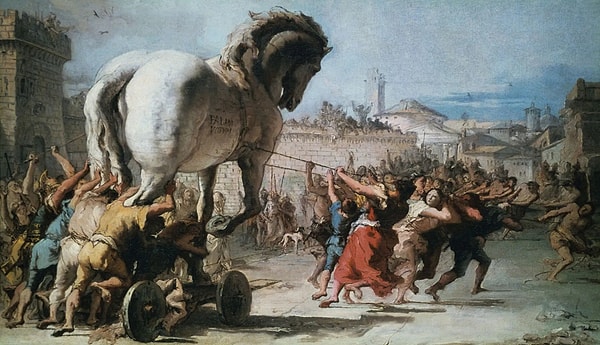
The tale of Troy, immortalized in Homer's Iliad, tells the story of the Trojan War, a legendary conflict between the Greeks and the Trojans. According to the myth, the war was sparked by the abduction of Helen, the wife of Menelaus, by the Trojan prince Paris. The Greek forces, led by the cunning Odysseus, the mighty Achilles, and the strategist Agamemnon, besieged the city of Troy for ten years. The war ended with the famous ruse of the Trojan Horse, leading to the fall of the city and the ultimate triumph of the Greeks.
Excavations and Archaeological Discoveries:

The modern exploration of Troy began in the 19th century, led by the German archaeologist Heinrich Schliemann. His excavations unearthed the remains of multiple ancient cities, each built upon the ruins of the previous one. The layers of Troy, labeled Troy I to Troy IX, revealed a timeline spanning thousands of years. Among the notable discoveries were fortification walls, palaces, houses, temples, and even a theater. These findings offered valuable insights into the architectural styles, daily life, and cultural practices of the ancient inhabitants of Troy.
The Archaeological Site of Troy:
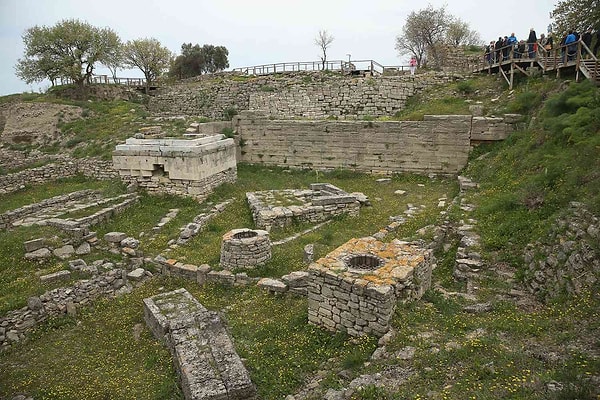
The archaeological site of Troy, now known as Hisarlık, is a mesmerizing destination for history enthusiasts and curious travelers. As you walk through the site, you can explore the remnants of the ancient city, each layer offering a glimpse into a different era. The reconstructed city walls, watchtowers, and gates provide a sense of the grandeur and fortification that once protected the city. The remains of the House of Priam, the supposed royal palace, and the sacrificial altars add to the air of mystique and intrigue that surrounds Troy.
The Trojan Horse:
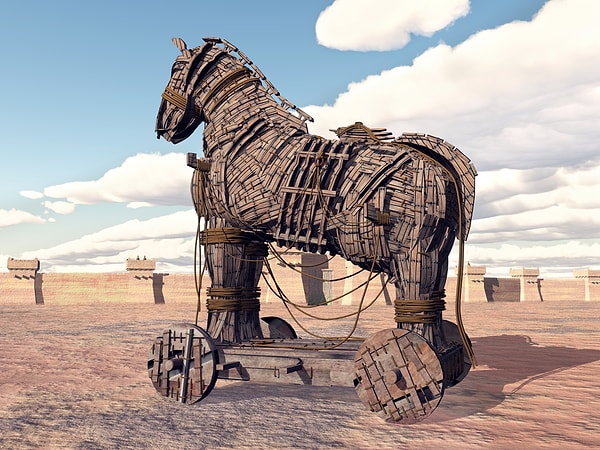
No visit to Troy would be complete without encountering the iconic symbol of the Trojan Horse. Standing at the entrance of the archaeological site, a replica of the wooden horse serves as a reminder of the myth that has captured the imaginations of people throughout history. Visitors can marvel at the craftsmanship of this colossal wooden structure and envision the fateful moment when the Greek warriors emerged from within to seize the city.
The Troy Museum:
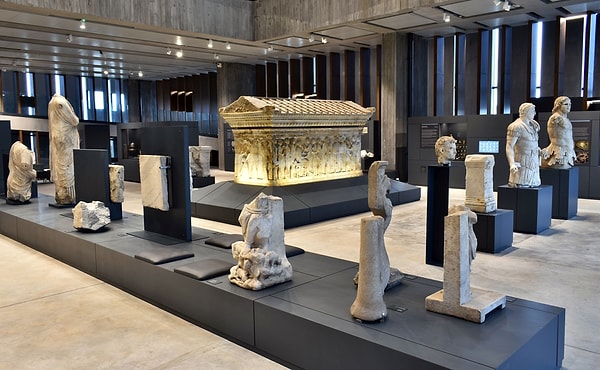
Opened in 2018, the Troy Museum complements the archaeological site by providing a comprehensive narrative of the city's history and significance. The museum houses an impressive collection of artifacts, including pottery, jewelry, weaponry, and statues, offering a tangible connection to the people who once inhabited this illustrious city. The exhibits within the museum provide a deeper understanding of the daily life, customs, and beliefs of the ancient inhabitants of Troy.
Cultural Significance and UNESCO World Heritage Site:
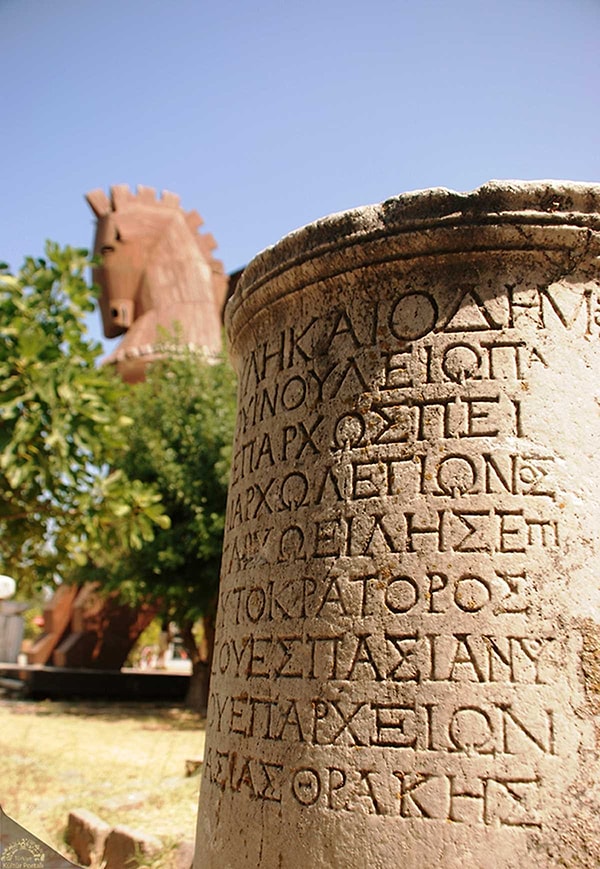
In recognition of its outstanding universal value, Troy was designated as a UNESCO World Heritage Site in 1998. The site not only holds immense historical significance but also serves as a symbol of the interconnectedness of civilizations and the enduring legacy of human creativity and imagination. The preservation and conservation efforts undertaken at Troy ensure that future generations can continue to explore and learn from this remarkable archaeological site.
Troy in Modern Culture:

The legend of Troy continues to captivate popular culture, inspiring countless adaptations in literature, film, and art. From retellings of the Trojan War in novels to Hollywood blockbusters like 'Troy' starring Brad Pitt, the ancient city has left an indelible mark on the collective imagination of people worldwide. Its enduring legacy serves as a reminder of the power of storytelling and the influence of ancient myths on contemporary narratives.
Visiting Troy: A Journey Through Time:
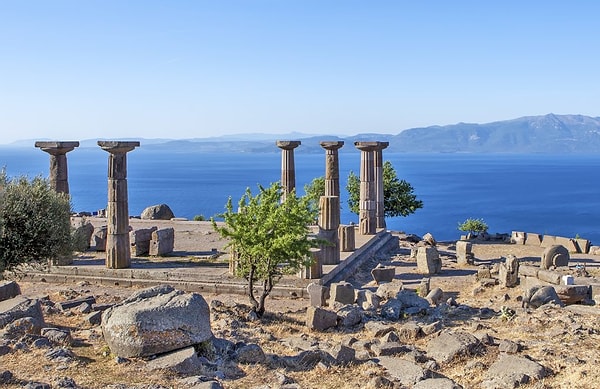
A visit to Troy is a journey through time, where visitors can immerse themselves in the layers of history that have shaped this remarkable city. As you explore the ruins, you can't help but feel a sense of awe and wonder, imagining the bustling streets, the clash of armies, and the echoes of ancient voices. The archaeological site offers guided tours and informative signage that help bring the stories of Troy to life.
Beyond Troy: Exploring the Surrounding Region:
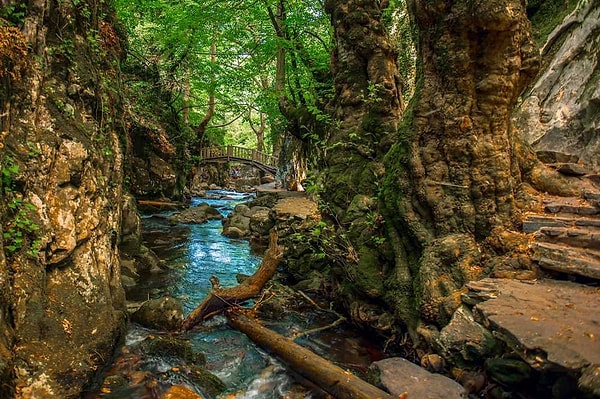
While Troy itself is a captivating destination, the surrounding region offers additional attractions for travelers. The nearby city of Çanakkale, located on the Dardanelles Strait, provides a gateway to the Gallipoli Peninsula, a site of significant historical importance from World War I. Additionally, the idyllic beaches of the Aegean Sea and the serene landscapes of Mount Ida (Kaz Dağı) offer opportunities for relaxation and natural exploration.
Did you know these about the Troy? Tell us in the comments!
Keşfet ile ziyaret ettiğin tüm kategorileri tek akışta gör!

Send Comment